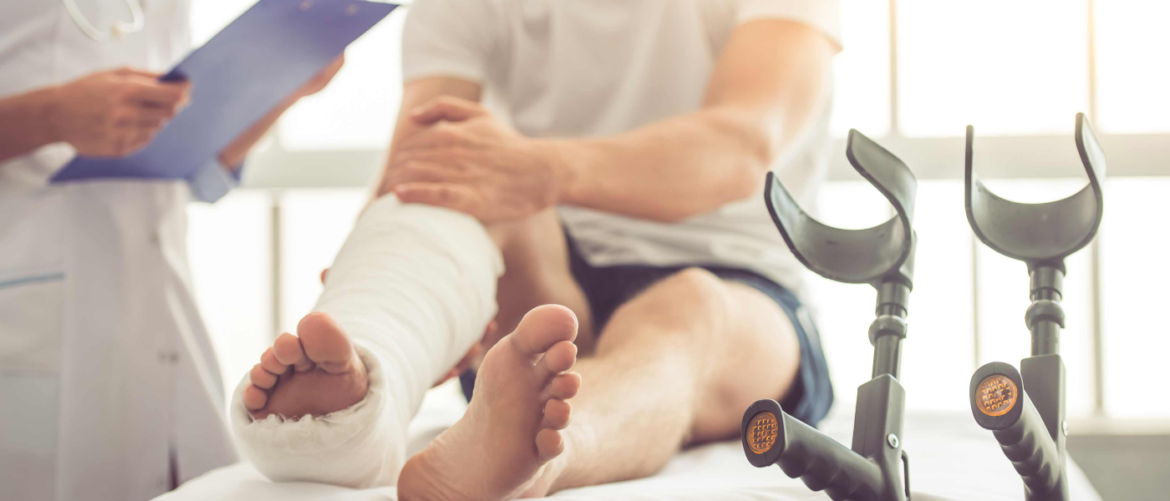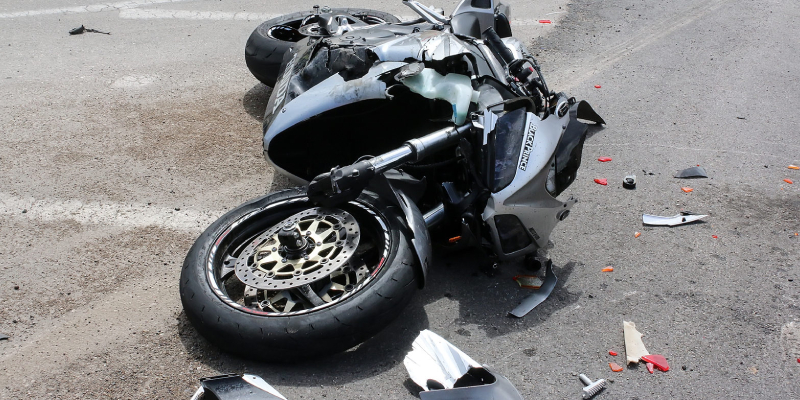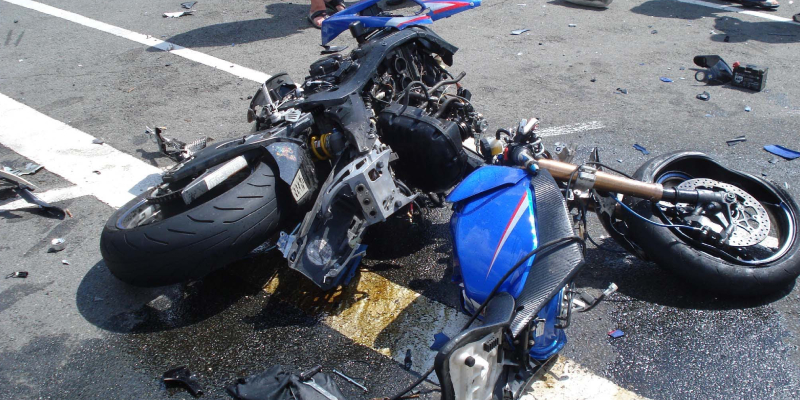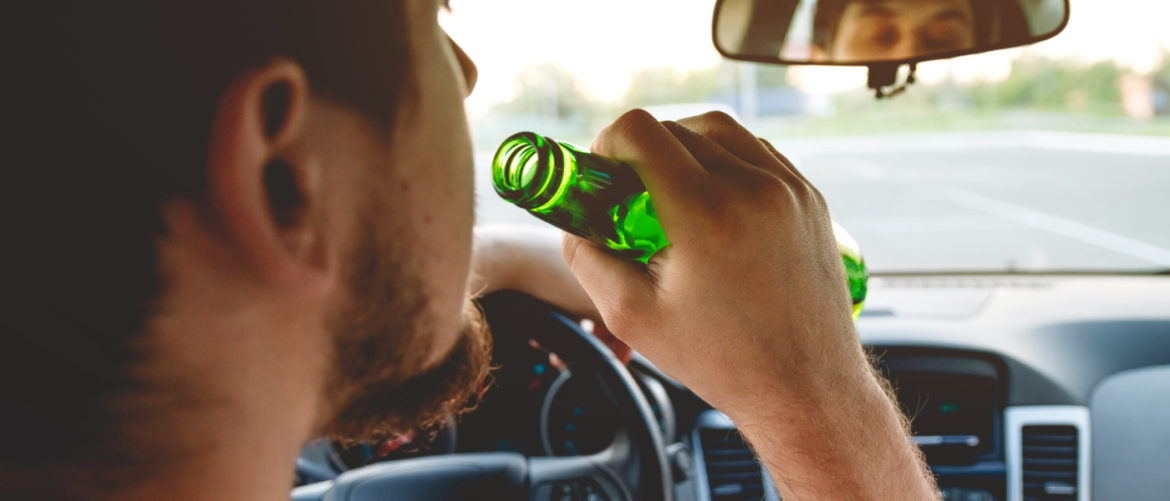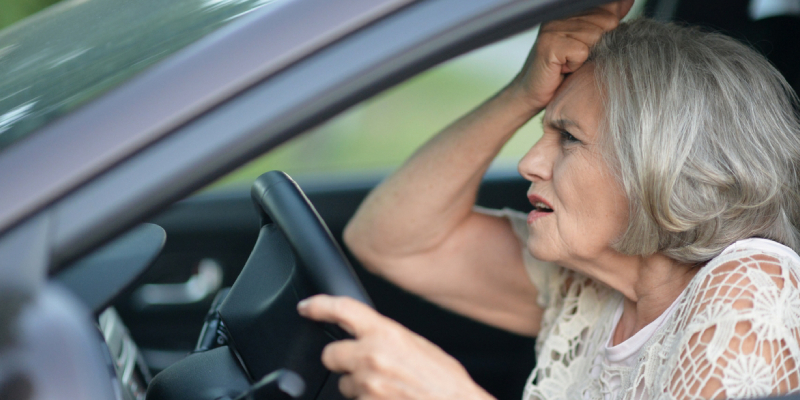Published by J.A. Davis & Associates – San Antonio Personal Injury Lawyers
Navigating San Antonio’s Dangerous Highway System
San Antonio’s extensive highway network carries millions of vehicles annually through a complex web of interstates, loops, and connectors that link the city to major metropolitan areas across Texas. Unfortunately, this vital transportation infrastructure also hosts some of the state’s most serious and deadly traffic accidents. At J.A. Davis & Associates, we’ve represented numerous victims of highway accidents on Interstate 35, Interstate 10, Loop 1604, and other major thoroughfares where high speeds and heavy traffic create devastating collision scenarios. More on this website
Highway accidents differ significantly from city street crashes due to increased speeds, multiple lanes of traffic, and the presence of commercial vehicles. These factors combine to create accidents with severe injuries, extensive property damage, and complex liability issues requiring experienced legal representation.
Understanding San Antonio’s Highway Infrastructure
Interstate 35 serves as a major north-south corridor connecting San Antonio to Austin, Dallas, and Mexico. This heavily traveled route experiences constant congestion, particularly through downtown San Antonio where multiple highways converge. Construction projects, lane closures, and varying speed limits create hazardous conditions for daily commuters and long-distance travelers.
Interstate 10 provides the primary east-west connection through San Antonio, linking the city to Houston, El Paso, and beyond. The mixing of local and through traffic, combined with numerous on-ramps and off-ramps, creates complex merging situations where accidents frequently occur.
Loop 1604 forms the outer beltway around San Antonio, designed to handle circumferential traffic and reduce congestion on inner highways. However, rapid suburban development has increased traffic volume beyond original design capacity, leading to frequent accidents during peak travel times.
US Highway 281 and State Highway 151 provide additional major routes that intersect with the interstate system, creating complex interchange areas where multiple traffic streams converge.
Common Causes of Highway Accidents
Excessive speed remains the leading factor in serious highway accidents. Posted speed limits of 65-80 mph leave little margin for error when drivers exceed safe speeds for conditions. Speed-related accidents often involve multiple vehicles and result in catastrophic injuries.
Following too closely, or tailgating, prevents drivers from stopping safely when traffic conditions change suddenly. Highway traffic often moves in waves of congestion and free flow, requiring constant attention to maintain safe following distances.
Aggressive driving behaviors including weaving between lanes, cutting off other vehicles, and road rage incidents escalate quickly on busy highways where tensions run high during congested periods.
Distracted driving becomes particularly dangerous at highway speeds where momentary inattention can result in devastating crashes. Cell phone use, eating, and other distractions reduce reaction time when split-second decisions mean the difference between safety and disaster.
Impaired driving on highways often involves alcohol or drug use, but also includes driving while drowsy or under the influence of prescription medications that affect cognitive function and reaction time.
Weather-Related Highway Hazards
San Antonio’s occasional severe weather creates dangerous highway conditions. Heavy rain reduces visibility and creates hydroplaning conditions, particularly dangerous when combined with high speeds and heavy traffic.
Flash flooding can make highways impassable within minutes, stranding vehicles in rapidly rising water. Low-lying areas along San Antonio highways are particularly susceptible to flooding during intense storms.
Fog, while less common, can severely reduce visibility on highways, creating chain-reaction accidents when drivers fail to adjust speed for conditions.
Strong winds from thunderstorms affect high-profile vehicles including trucks, RVs, and vehicles towing trailers, potentially causing rollovers or loss of control.
Construction Zone Accidents
Ongoing highway construction and improvement projects create constantly changing traffic patterns throughout San Antonio. Work zones require lane shifts, speed reductions, and increased attention from drivers navigating unfamiliar configurations.
Narrow lanes in construction zones leave little room for error and make accidents more likely when drivers drift from their lanes or misjudge clearances with barriers and other vehicles.
Worker safety in construction zones depends on drivers following reduced speed limits and maintaining attention. Accidents in work zones often involve multiple charges and enhanced penalties.
Confusing signage and sudden lane closures in construction areas can cause last-minute lane changes and sudden braking that lead to rear-end collisions and sideswipe accidents.
Commercial Vehicle Involvement
San Antonio’s highways carry heavy commercial truck traffic due to the city’s location on major freight corridors. Accidents involving large trucks often result in multiple fatalities and require specialized legal expertise.
Truck driver fatigue from long hours and demanding schedules contributes to serious highway accidents. Federal regulations limit driving hours, but violations are common in an industry focused on delivery schedules.
Mechanical failures of commercial vehicles, including brake problems, tire blowouts, and steering issues, can cause catastrophic accidents affecting multiple vehicles.
Hazardous materials transported on highways create additional risks when accidents involve chemical spills, fires, or explosions requiring extensive emergency response.
Multi-Vehicle Pile-Up Accidents
Highway accidents often involve multiple vehicles due to high speeds and close following distances. Chain-reaction crashes can involve dozens of vehicles when initial collisions block traffic lanes and create secondary impact opportunities.
Poor visibility conditions including fog, rain, or smoke can cause pile-up accidents when drivers cannot see slowed or stopped traffic ahead. These accidents often involve vehicles striking previous crash scenes at full highway speeds.
Emergency response to multi-vehicle accidents requires coordinated efforts from multiple agencies and can result in extended highway closures affecting thousands of commuters.
Determining liability in multi-vehicle accidents requires careful analysis of each driver’s actions and the sequence of impacts to establish fault and responsibility.
Lane Change and Merging Accidents
Highway merging areas create frequent accident opportunities when drivers fail to judge speeds and distances correctly. Acceleration lanes require vehicles to match highway speeds while finding gaps in traffic.
Lane changes without proper signaling or checking blind spots cause sideswipe accidents and force other drivers to take evasive action that may result in additional collisions.
Heavy traffic conditions make merging particularly challenging when gaps between vehicles are minimal and drivers must make quick decisions about safe merging opportunities.
Commercial vehicles with limited acceleration and longer stopping distances face particular challenges in merging situations and may cause accidents when other drivers fail to accommodate their limitations.
Emergency Vehicle Accidents
First responders working highway accident scenes face significant risks from passing traffic. Texas “Move Over” laws require drivers to change lanes or reduce speed when approaching emergency vehicles, but compliance is often poor.
Ambulances, fire trucks, and police vehicles responding to emergencies at high speeds create additional accident risks when other drivers fail to yield appropriately.
Emergency medical helicopters landing on highways to transport seriously injured patients require complete traffic control and create unique hazards for both responders and motorists.
Highway Design and Maintenance Issues
Inadequate highway design for current traffic volumes contributes to accident rates on some San Antonio routes. Roads designed decades ago may not accommodate modern traffic patterns and vehicle types.
Poor maintenance including potholes, debris, and inadequate striping can cause accidents when drivers swerve to avoid hazards or lose control on damaged pavement.
Inadequate lighting in some highway areas reduces visibility during night and early morning hours when many commuters travel to and from work.
Insufficient signage or poorly placed signs can cause confusion leading to sudden lane changes or missed exits that result in accidents.
Technology and Highway Safety
Variable message signs provide real-time information about traffic conditions, accidents, and alternate routes, but driver compliance with recommendations varies significantly.
Traffic monitoring systems help emergency responders locate and respond to accidents quickly, but prevention remains the primary goal.
Automatic crash notification systems in newer vehicles can summon emergency help faster when occupants are unable to call for assistance.
Rumble strips and other highway safety improvements help prevent run-off-road accidents but require ongoing maintenance to remain effective.
Legal Implications of Highway Accidents
Determining fault in highway accidents often involves analyzing multiple factors including speed, following distance, lane changes, and road conditions. Texas comparative negligence laws allow recovery even when plaintiffs bear partial responsibility.
Evidence preservation is crucial in highway accidents where vehicles may be towed quickly and traffic patterns resume normal flow. Immediate investigation and documentation are essential.
Witness testimony from other drivers can be challenging to obtain on busy highways where witnesses may not stop or may be difficult to locate after accidents.
Traffic enforcement cameras and other electronic evidence may be available to help reconstruct accident sequences and determine contributing factors.
Insurance Considerations
Highway accidents often involve multiple insurance companies when several vehicles are damaged. Coordinating claims and determining primary responsibility requires experienced legal representation.
Underinsured motorist coverage becomes important when accident damages exceed at-fault drivers’ insurance limits, which is common in serious highway accidents.
Commercial vehicle accidents may involve additional insurance coverage including cargo insurance and excess liability policies that provide higher limits for serious injuries.
Injury Severity and Medical Treatment
Highway accidents typically result in more severe injuries due to high impact speeds and forces involved. Emergency medical response may be delayed on busy highways where ambulances have difficulty reaching accident scenes.
Traumatic brain injuries, spinal cord damage, and multiple fractures are common in high-speed highway accidents. These injuries often require extensive medical treatment and rehabilitation.
Emergency helicopter transport may be necessary for the most seriously injured patients, adding significant medical expenses to already costly treatment plans.
Long-term disability and reduced earning capacity are frequent consequences of serious highway accident injuries, requiring comprehensive legal representation to secure adequate compensation.
Preventing Highway Accidents
Defensive driving techniques are essential for highway safety, including maintaining safe following distances, checking blind spots before lane changes, and adjusting speed for conditions.
Regular vehicle maintenance helps prevent mechanical failures that can cause highway accidents. Tire condition, brake function, and steering components require particular attention.
Avoiding distractions while driving on highways allows full attention to rapidly changing traffic conditions and potential hazards.
Planning trips to avoid peak congestion times when possible reduces exposure to high-risk driving conditions.
When Highway Accidents Occur
Immediate safety measures include moving vehicles to shoulders when possible and activating hazard lights to warn approaching traffic. Remaining in vehicles may be safer than exiting onto busy highway shoulders.
Emergency services should be contacted immediately, even for seemingly minor accidents, due to the high risk of secondary collisions on highways.
Documentation including photographs of vehicle positions, damage, and highway conditions provides valuable evidence for insurance claims and legal proceedings.
Medical evaluation is important even when injuries seem minor, as adrenaline can mask serious injuries that become apparent later.
Why Choose J.A. Davis & Associates
Our San Antonio car accident attorneys have extensive experience with highway accident cases involving complex liability issues and serious injuries. We understand the unique challenges these cases present and work with accident reconstruction experts when necessary.
We handle all aspects of highway accident cases, from initial investigation through trial if necessary. Our goal is securing maximum compensation while allowing clients to focus on recovery from their injuries.
Insurance companies often attempt to minimize highway accident claims by arguing comparative negligence or disputing injury severity. We protect our clients’ rights and fight for fair compensation.
Contact J.A. Davis & Associates at (210) 123-4567 for a free consultation about your highway accident case. Time is critical in preserving evidence and protecting your rights after these serious accidents.

